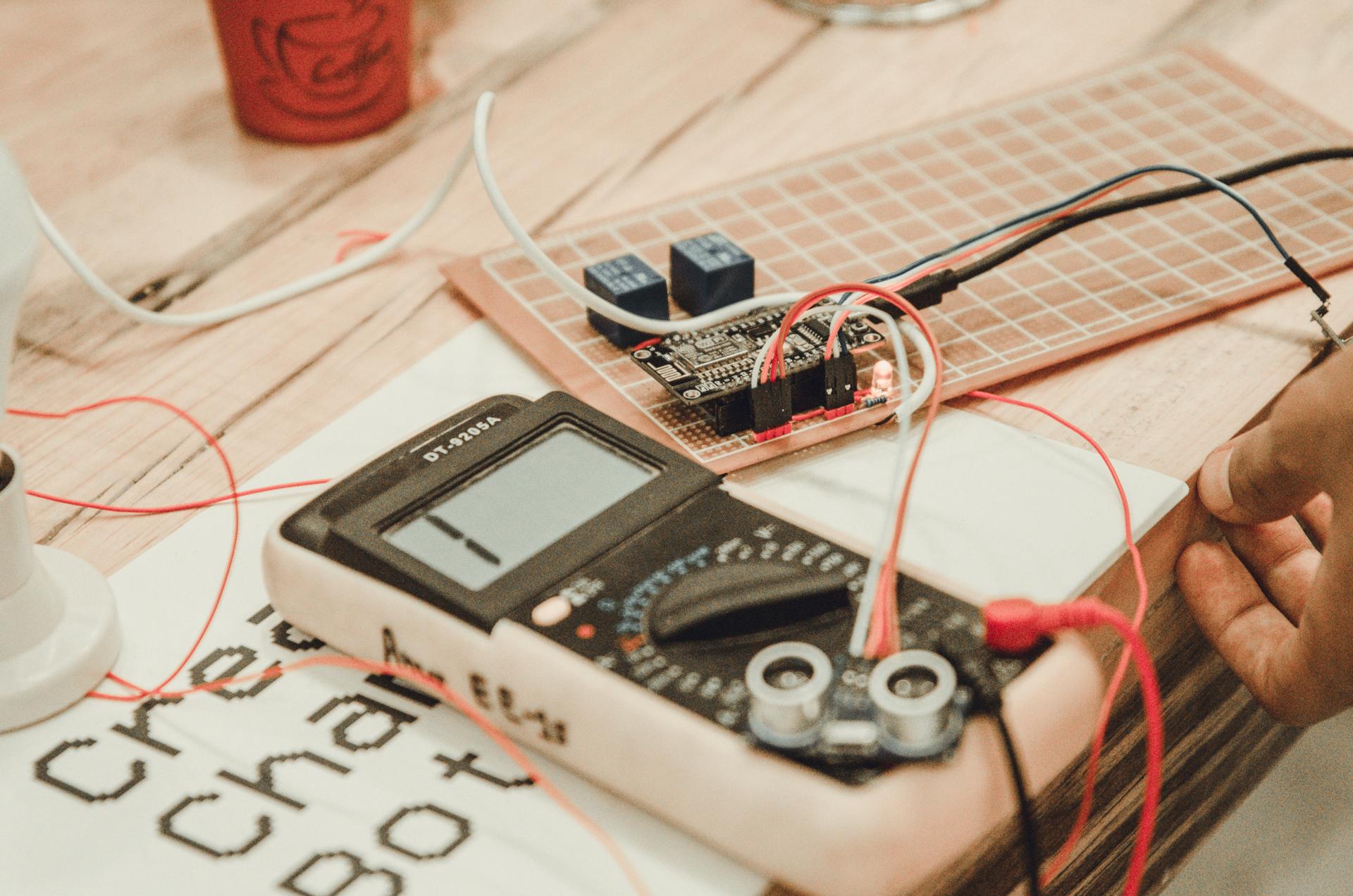Conducting an Electrical Security Test in Your Home: The Ultimate Guide

In terms of home security, one of the most crucial areas to think about is the safety of electrical wiring. Testing for electrical safety is the process of checking the electrical system in your home to be sure that it’s safe and current. In this article we’ll give you an overview of what electrical safety tests are, what equipment you’ll need to conduct them, the best method to conduct the tests and what warning signs you should be on the lookout for.
What exactly is an Electrical Safety Test?
A safety test for electrical appliances is the process of inspecting the electrical system inside your home to ensure that it is safe and working correctly. Electrical safety tests are important as they can in preventing electrical fires and electrical accidents and also ensure the long-term durability of your electrical system.
Tools Required to conduct an Electrical Safety Test
In order to conduct an electrical safety check, you’ll need some essential equipment. They include an electrical voltage tester and a continuity tester circuit tester, and the outlet tester. A voltage tester can check for live circuits, while the continuity tester looks for circuits that are damaged. The circuit tester is used to check for wiring faults and the outlet tester is utilized to identify electrical issues in outlets. It is crucial to use these devices correctly to get exact results.
How do you conduct an electrical Safety Test
To conduct an electric safety check inside your home Follow these steps:
Switch off the power source on the circuit or circuits you’re testing.
Make use of the voltage tester to test for live circuits.
Make use of this continuity tester to check for damaged circuits.
Make use of the circuit tester to test for any wiring issues.
Utilize the tester for outlets to look for electrical problems in the outlets.
During the process of testing, be sure to look for evidence of wear or damage on the wires, such as frayed or broken wires, burn marks and loose wires. If you discover any problems that need attention, you must address them as soon as possible to prevent potential hazards.
The Signs of Electrical Issues to Watch Out for
There are a variety of warning signs that could indicate electrical issues in your home. This includes flickering lights frequently tripping the circuit breaker, buzzing or crackling sounds emanating from outlets. They also include the appearance of outlets that are discolored or hot, and a burning smell. If you notice any of these warning indicators, you must take action immediately to avoid potential electrical hazards.
Conclusion
Electrical safety tests are crucial for ensuring the safety of your home and family. By conducting regular tests and taking care to address any issues immediately, you can avoid potential hazards to electrical equipment and extend the life of your electric system. If you need help with electrical testing and repairs do not hesitate to call Local Electrician Marrickville. Our team of experts can provide you with expert guidance and support. Contact us via 1300 610 481 to schedule an appointment or request a quote.
FAQ Section
What is the recommended frequency to do an electrical safety test in my home?
We recommend conducting safety tests for electrical equipment at least every year.
Can I perform an electrical safety test by myself or do I require a professional?
While it’s possible to perform an electrical safety test on your own however, it’s advised to employ an expert to guarantee accurate results and avoid potential hazards.
Which are the top common electrical problems found in an electrical safety test?
The most common electrical problems found during a safety test are malfunctioning wiring, overloaded circuits, and outdated electrical systems.
What do I do if discover a problem in the electrical safety test?
If you spot a problem during the electrical safety test it is important to take action immediately. This may involve calling an experienced electrician to address the issue or replacing the equipment that is malfunctioning.
